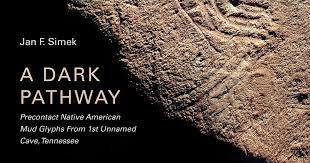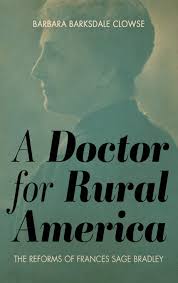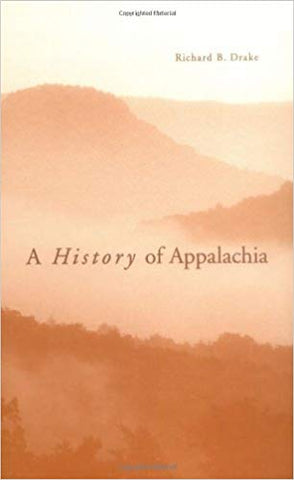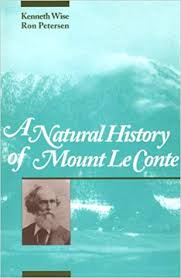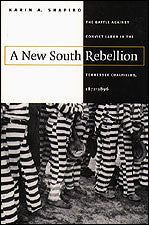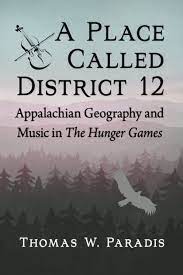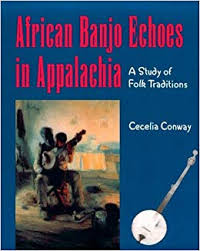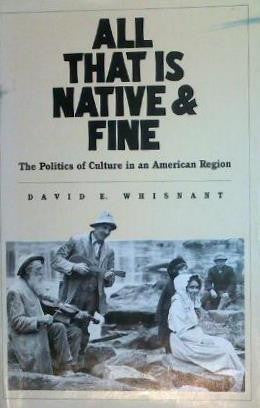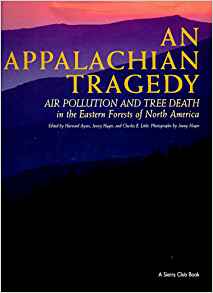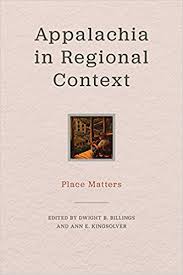Scholarly Studies
It took a war for the distinctive culture of our region to be noticed by America’s intelligentcia, let alone the rest of the country. The fact that the people of the South’s hill country were generally more sympathetic towards the Union cause, as opposed to the Confederacy, and provided more Union troops, made an impression. The first book to call attention to the region was entitled The Loyal Mountaineers of Tennessee (1888) by Thomas William Humes of Knoxville. The first comprehensive study of mountain culture published in book form was The Spirit of the Mountains (1905) by Emma Bell Miles of Signal Mountain, Tennessee. Our Southern Highlanders (1913) by Horace Kephart of Bryson City, North Carolina, complemented the Miles book by providing a decidedly more masculine perspective on the region. The Southern Highlander and His Homeland (1921) was completed by Olive Dame Campbell but attributed to her late husband, John C. Campbell, whose name also adorns a still-thriving Folk School in Cherokee County, North Carolina. Scholarly study of the region was greatly advanced by the publication of the 1661-page doctoral dissertation (New York University) completed in 1961 by Cratis Williams, a native of Eastern Kentucky who became a Provost at Appalachian State University in North Carolina. It was entitled, The Southern Mountaineer in Fact and Fiction. The book that Williams cited by far the most was Bloody Ground (1941) by John F. Day. In 1962 The Southern Appalachian Region, A Survey edited by Thomas R. Ford and Rupert Vance appeared. Night Comes to the Cumberlands (1963) by Harry M. Caudill was the book that really called attention to our region in that decade. The most recent analytic overview of the region is Ramp Hollow (2017) by Steven Stoll. The definitive history of the region is Appalachia: A History (2002) by John Alexander Williams. A book that provides an introduction to scholarly work about the region in all fields is A Handbook to Appalachia: An Introduction to the Region (2006) by Grace Toney Edwards.
-- George Brosi

